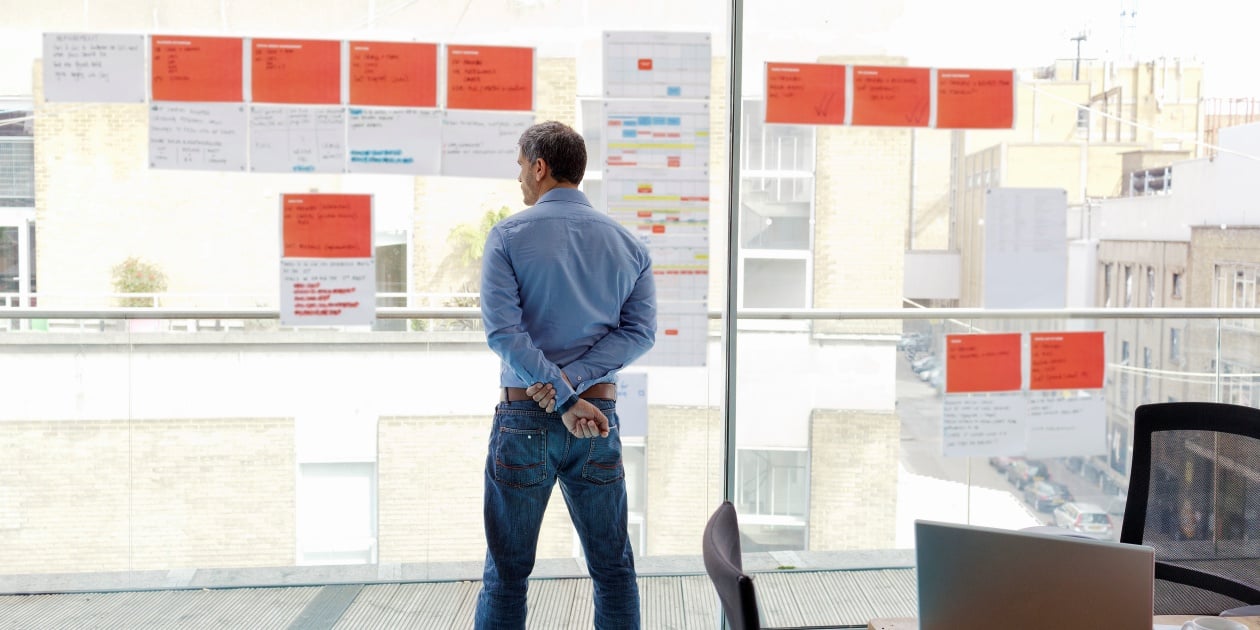
Recently, I had the pleasure of attending the DevOps Enterprise Summit (DOES). While conferences tend to make me fearful of getting sucked into a big sales show, DOES restored my faith. Notably, it was extremely well-attended, impeccably run, and there was an elite cast of speakers throughout the event. From large talks to small group sessions, the event offered seemingly endless opportunities for interactive education.
One topic that seemed to permeate most sessions and piqued my interest was the concept of transforming from a project to product mindset. Here is a recap of the discussions I heard about how this agile approach allows work to flow through your software value streams, reducing bottlenecks and maximizing your ROI.
Project vs. Product Mindset
At the presentation entitled “Project to Product,” Mik Kersten of Tasktop discussed the importance of creating awareness that all companies are software companies. As such, IT should not be viewed as a project-based business enabler, but as an indispensable part of the ongoing product team.
Transitioning from a project to a product mindset requires a shift in thinking and behavior from short-term to long-term goals. Teams with a product mindset focus on outcomes rather than output and create a strategic vision and roadmap that maximizes ROI.
Value Stream
Kersten pointed out the difficulty in demonstrating ROI in development activities involved in product development. To remedy this, he drew upon his experience with lean manufacturing in the auto industry and broke the work into what he calls the “Flow Framework.” Lean thinking considers the value derived by the customer rather than items produced. The four work items in the flow framework are:
- Features – Deliver new business value
- Defects – Improve quality
- Risks – Provide security, governance, compliance
- Technical debt – Remove impediments to future delivery
While it’s easier to track ROI on feature releases and defect reduction, it’s more difficult to convince business stakeholders of the value investing time on risks and technical debt. We’ve all been in the initial stages of product development when the focus is on features, features, features, but throughout the product lifecycle, there are phases when time must be invested on tasks with less tangible, less visible outcomes to produce a superior product.
Having been in software my entire professional career, I’ve often witnessed a misunderstanding between the business leaders and the software teams. This often stems from a lack of awareness of the high-value software development practices that produce optimal business outcomes. The DOES conference, and specifically, Mik Kersten’s presentation, re-enforced the importance of value stream management as a tool for creating insight into what activities will provide companies with immediate and long-term success.

